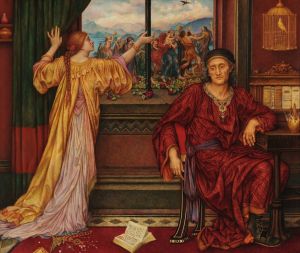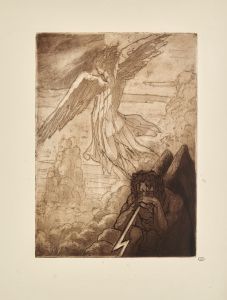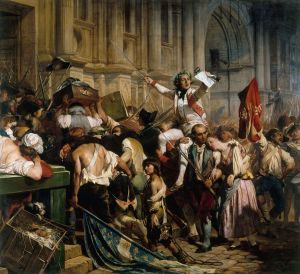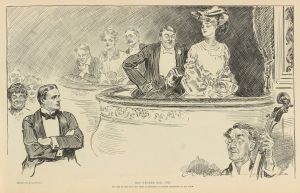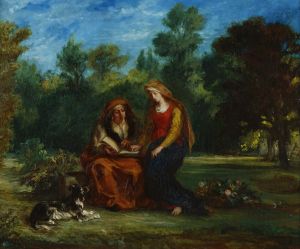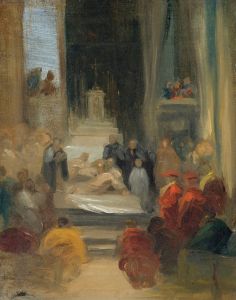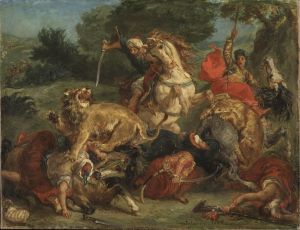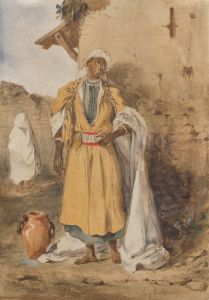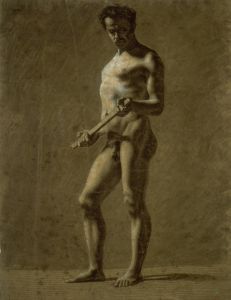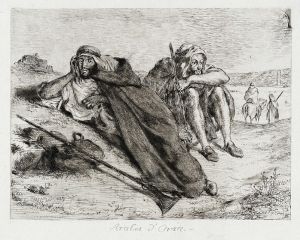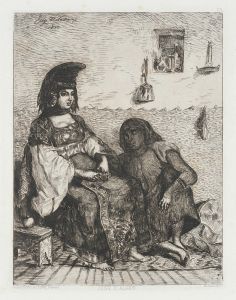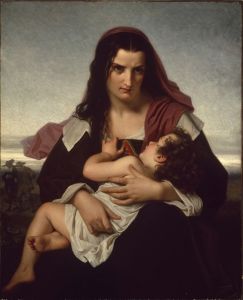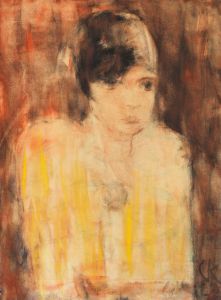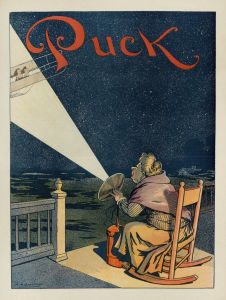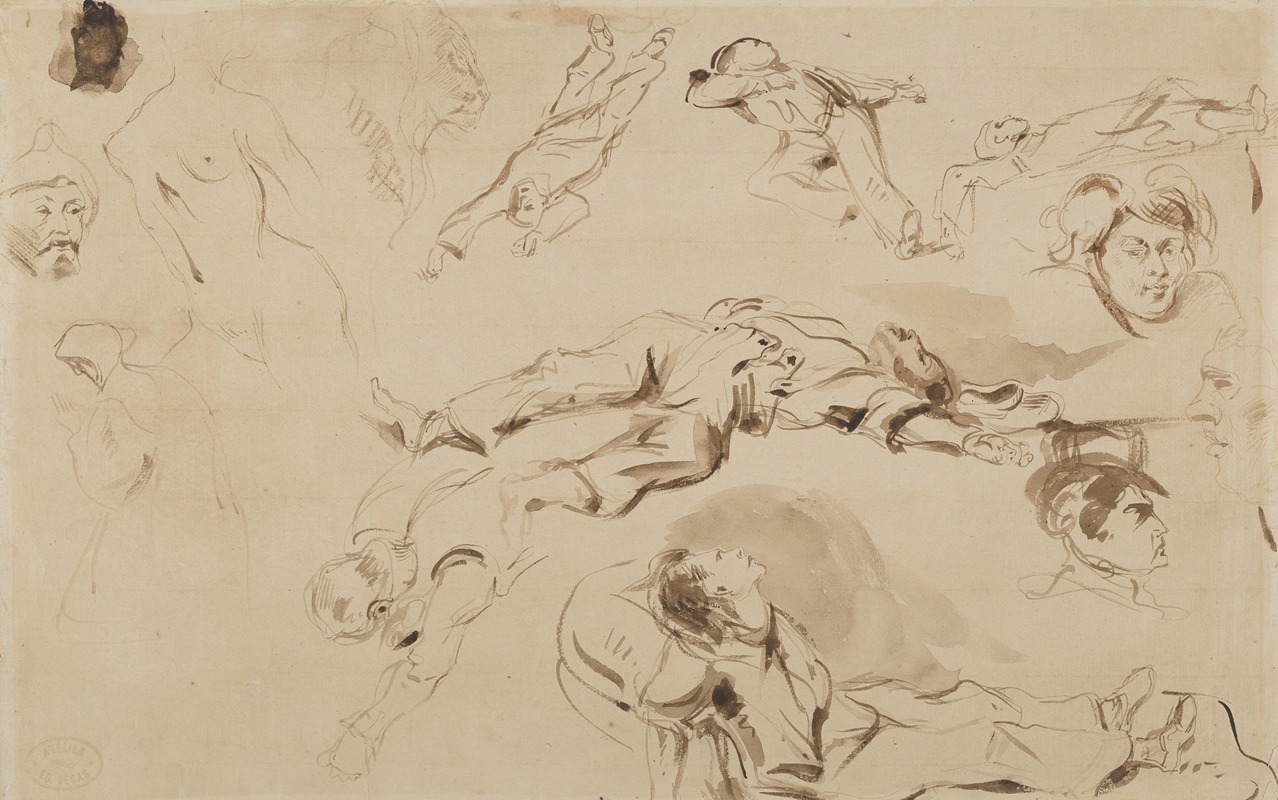
Figure Studies related to ‘Liberty Leading the People’
A hand-painted replica of Eugène Delacroix’s masterpiece Figure Studies related to ‘Liberty Leading the People’, meticulously crafted by professional artists to capture the true essence of the original. Each piece is created with museum-quality canvas and rare mineral pigments, carefully painted by experienced artists with delicate brushstrokes and rich, layered colors to perfectly recreate the texture of the original artwork. Unlike machine-printed reproductions, this hand-painted version brings the painting to life, infused with the artist’s emotions and skill in every stroke. Whether for personal collection or home decoration, it instantly elevates the artistic atmosphere of any space.
Eugène Delacroix's painting "Liberty Leading the People" is one of the most iconic works of art from the 19th century, capturing the spirit of revolution and the fight for freedom. Created in 1830, the painting commemorates the July Revolution in France, which led to the overthrow of King Charles X. Delacroix, a leading figure of the Romantic movement, used this historical event as inspiration to create a powerful allegory of liberty and the struggle for justice.
"Liberty Leading the People" depicts a scene of chaos and energy, with a diverse group of revolutionaries charging forward over a barricade. At the center of the composition is the personification of Liberty, a robust woman holding the tricolor flag of France in one hand and a bayonetted musket in the other. She is often interpreted as a symbol of freedom and the Republic. Her dynamic pose and determined expression convey the fervor and determination of the revolutionaries.
The figures surrounding Liberty represent different social classes and ages, emphasizing the collective nature of the uprising. Among them are a young boy brandishing pistols, a factory worker in a white shirt, and a man in a top hat, possibly a self-portrait of Delacroix himself, symbolizing the involvement of all societal strata in the fight for liberty. The bodies of fallen soldiers and revolutionaries lie at their feet, illustrating the cost of the struggle.
Delacroix's use of color and light enhances the drama of the scene. The vibrant reds, blues, and whites of the French flag stand out against the smoky, chaotic background, drawing the viewer's eye to the figure of Liberty. The painting's composition, with its pyramidal structure and strong diagonal lines, adds to the sense of movement and urgency.
"Liberty Leading the People" was first exhibited at the Salon of 1831, where it received mixed reviews. Some praised its emotional intensity and bold composition, while others criticized its perceived glorification of violence. Despite the controversy, the painting was purchased by the French government and eventually became part of the collection at the Louvre Museum in Paris, where it remains today.
The painting has had a lasting impact on both art and popular culture. It has been referenced and reproduced in various forms, symbolizing revolutionary ideals and the universal struggle for freedom. Its influence can be seen in works by later artists and in political and social movements around the world.
Delacroix's "Liberty Leading the People" is not only a masterpiece of Romantic art but also a powerful political statement. It captures a pivotal moment in French history and continues to resonate as a symbol of the enduring fight for liberty and justice. The painting's ability to convey complex themes through its dynamic composition and emotive figures ensures its place as a seminal work in the history of art.





